AO Surgery Reference is an internetbased resource for the management of fractures, based on current clinical principles, practices and available evidence It describes the complete surgical management process from diagnosis to aftercare for fractures in a given anatomical region, and also assembles relevant published AO materialThe partial articular type does not exist in the humerus or femurProximal humeral fractures have been classified since the earliest known medical texts From 1970 the most commonly used classification system for proximal humeral fractures has been the Neer classification followed by the AO classification Both classification systems describe morphological aspects of the fracture anatomy in an ordinal

Ao Asif Fracture Classification Plastic Surgery Key
Ao classification proximal humerus fracture
Ao classification proximal humerus fracture-The aim of the present study was to evaluate functional outcome and complication rate after open reduction and internal fixation of displaced proximal humerus fractures by proximal humerus AOKeywords Proximal humeral fractures, Proximal humerus fractures, Shoulder fractures, Fracture classification, Neer, AO, OTA Background Within the last decades there has been a quest for randomised trials, wellconducted observational studies, and systematic reviews of interventions for fractures of the proximal humerus
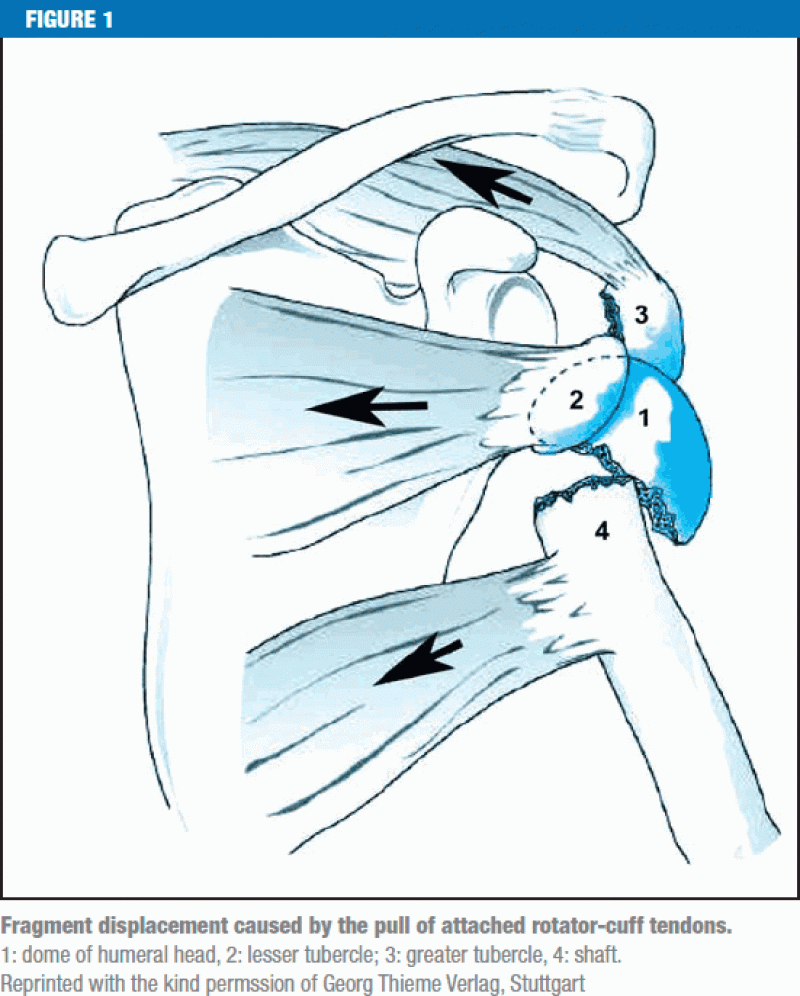


The Treatment Of Proximal Humeral Fracture In Adults 02 09 13
Charles Neer's classification of the proximal humeral fractures in 1970 is the most widely used system for classifying these fractures The essence of this method of classification is based on the anatomical concepts described by Codman in the 1930s The proximal humerus subdivided into four segments 1) the humeral head superior to the anatomical neck 2) greater tuberosity 3) lesser tuberosity 4) humeral shaftProximal Humerus Fracture Classifications A1 Gr tuberosity avulsion Lesser tuberosity avulsionMalleolar fractures are coded as distal tibia/fibula fractures 1 Humerus 2 Radius/Ulna 3 Femur 4 Tibia/Fibula 1 Humerus 2 Radius/Ulna 1 = Proximal 2 = Shaft 3 = Distal E = Epiphysis M = Metaphysis D = Diaphysis M = Metaphysis E = Epiphysis 3 Femur 4 Tibia/Fibula The three segments can be defined as
The proximal end segment of the humerus and femur are exceptions Simple proximal humeral fractures involving one tuberosity or the metaphysis (unifocal or Neer 2part fractures) and proximal femoral fractures involving the trochanteric area are type A;The Neer system divides the proximal humerus into 4 parts and considers not the fracture line, but the displacement as being significant in terms of classification The four parts are humeral head;The classification of proximal humeral fractures remains challenging The two main classification systems used, the Neer and the AO classification, have both been shown to have less than ideal interobserver agreement Agreement in classification is required, however, to guide fracture management
BACKGROUND The classification of proximal humeral fractures remains challenging The two main classification systems used, the Neer and the AO classification, have both been shown to have less than ideal interobserver agreement Agreement in classification is required, however, to guide fracture managementThe principles of fracture classification • Generally, proximal and distal segments are defined by a square whose sides = length of widest part of epiphysis • Exceptions Proximal femur Proximal humerus Malleolar segment 12There are 2 main classifications used for PHF (Neer and AO classifications) and one specific to GT fractures In 1970, Neer proposed a classification, which divides the proximal humerus in 4 functional parts the head (articular segment), lesser tuberosity, GT, and humeral shaft


Core Ac Uk Download Pdf Pdf



Proximal Humerus Fracture Core Em
Outcome validation of the AO/OTA classification system Conclusions Ctype fractures had a significantly worse functional performance and impairment compared with Btype fractures, but Btype fractures were not statistically different from Atype fractures MF Swiontkowski et al 00 AO Classification 0 05 1 15 2 25 3 35 4 45 ImpairmentAO/OTA Classification Based on fracture location and the presence of impaction, angulation, translation, comminution, or dislocation Each fracture type is further subgrouped according to displacement, valgus or varus angulation of the humeral head, comminution and the presence and direction of glenohumeral joint dislocationThe fractures were classified according to the Neer and the AO/OTAclassification by two experienced trauma surgeons with a special interest in proximal humeral fractures in a consensus conference Based on plain radiographs and CTscans Kettler et al 26 classified 225 displaced 2, 3 and 4part fractures (mean age 66) in patients treated with locking plates



Open Reduction And Internal Fixation Of Proximal Humeral Fractures With Use Of The Locking Proximal Humerus Plate By N Sudkamp J Bayer P Hepp C Ppt Download



Elective Implant Removal In Symptomatic Patients After Internal Fixation Of Proximal Humerus Fractures Improves Clinical Outcome Topic Of Research Paper In Clinical Medicine Download Scholarly Article Pdf And Read For Free
Proximal Humerus AO Classfication – www2aofoundationorg AO/OTA Classification Based on fracture location and the presence of impaction, angulation, translation, comminution, or dislocationDespite recent modifications, the AO classification system for proximal humerus fractures plays a rather scientific role and—in contrast to other fracture sites—has not found its way into clinical use due to its complexity with a total of 27 subtypes 14, 15The AO classification proved to be more comprehensive because in the Neer classification, half of the fractures are minimally displaced and almost ninetenths fall into only three categories In the AO classification, the B11, 2, A32 and A12 subgroups comprise over half of all proximal humeral fractures, while the AO type C fractures


Www Shanenhomd Com Pdf Articles Management Of Proximal Humeral Fractures Pdf



Ao Asif Fracture Classification Plastic Surgery Key
Overall, the OTA/AO classification system for proximal humeral fractures has nine groups (11A1/2/3, 11B1/2/3, 11C1/2/3) All groups are divided into three subgroups based on the degree of displacement, impaction, or dislocation, resulting in a total of 27 subgroupsMaurice E Muller and the AO foundation came up with the widely accepted AO/OTA universal classifications (also called Muller AO Classification) 1) Every major bone and each bone segment areDisplacement Displacement is on a perpart basis



Figure 2 From Plating In Proximal Humeral Fractures Semantic Scholar


D Nb Info 34
The principles of fracture classification • Generally, proximal and distal segments are defined by a square whose sides = length of widest part of epiphysis • Exceptions Proximal femur Proximal humerus Malleolar segment 12The fractures were classified according to the Neer and the AO/OTAclassification by two experienced trauma surgeons with a special interest in proximal humeral fractures in a consensus conference Based on plain radiographs and CTscans Kettler et al 26 classified 225 displaced 2, 3 and 4part fractures (mean age 66) in patients treated with locking platesOlecranon fracture is a fracture of the bony portion of the elbowThe injury is fairly common and often occurs following a fall or direct trauma to the elbow The olecranon is the proximal extremity of the ulna which is articulated with the humerus bone and constitutes a part of the elbow articulation Its location makes it vulnerable to direct trauma



Muller Ao Classification Pdf Document


Www Ijoro Org Index Php Ijoro Article Download 1701 981
We help you diagnose your Proximal humerus case and provide detailed descriptions of how to manage this and hundreds of other pathologiesProximal humeral anatomy includes four potential "parts" These parts were originally described by Neer and have been incorporated into his traditional classification scheme for PHFs Proximal humerus anatomy includes anatomic neck represents the old epiphyseal plate;The purpose of this study was to determine which classification of proximal humerus fractures leads to postoperative avascular necrosis of the humeral head The 3part and headsplit fracture in Neer classification, C22, C32, C33 in AO classification, and Type1B, Type3, Type4 in Yamane classification had high rate of postoperative avascular necrosis of the humeral head


Http M4 Wyanokecdn Com Bfaca8b2fd698d7fea Pdf


Www Thieme Connect De Products Ebooks Pdf 10 1055 B 0038 Pdf
Pearl Proximal humerus fractures are classified based on the AO/OTA or Neer Classifications The AO/OTA classification places emphasis on the blood supply to the articular surface 1 If the greater/lesser tuberosity is still attached to the articular surface, there is a decreased risk for avascular necrosisProximal third humeral shaft fractures—A fracture entity not fully characterized by conventional AO classification Author links open overlay panel HWStedtfeld RBiber https//doiorg//jinjury Get rights and contentAO CLASSIFICATION 1 – HUMERUS 2 DIAPHYSIS A – SPIRAL– 1PROXIMAL ZONE 2 MIDDLE ZONE 3 DISTAL ZONE B OBLIQUE C TRANSVERSE 25



The Radiographic Union Score For Humeral Fractures Rushu Predicts Humeral Shaft Nonunion The Bone Joint Journal


Http Medi Guide Meditool Cn Ymtpdf 31e5 2a 5236 77b73d5198c8 Pdf
A number of classification systems of the proximal humerus are described in the literature, with the Neer and Arbeitsgemeinschaft für Osteosynthesefragenbeing (AO) the most widely used A simpler modified Neer system using only six fracture types is described by Bernstein but is not in common use 7Chapter 62 AO/ASIF Fracture Classification Fig 621 AO/ASIF fracture classification Proximal Humerus Fig 622 AO/ASIF fracture classification proximal humerus Humeral Shaft Fig 623 AO/ASIF fIn 1934, Codman developed a classification that divided the proximal humerus into four parts on the basis of epiphyseal lines In 1970, Neer's classification expanded on the fourpart concept and


Http Journals Sagepub Com Doi Pdf 10 1177



Three Dimensional Computed Tomography Imaging Increases The Reliability Of Classification Systems For Tibial Plateau Fractures Injury
The validated AO Pediatric Classification of Fractures developed by Slongo was also included in the compendium 4, 5 The two committees confirmed the original premise that the revision process needed to be undertaken every 10 years criticisms of the proximal humerus and proximal femur classification, and to simplify the coding processThe AO classification system for proximal humeral fractures is not commonly used It is divided into 3 categories based on the severity of injury and likelihood of avascular necrosis of the humeralThe 5 classifications (Codman, Neer, Jakob, AO and Tamai classification) were used In the Codman classification, we defined the type's number clockwise from upward left Dividing the proximal end of the humerus into four segments, there were 14 patterns of the fracture
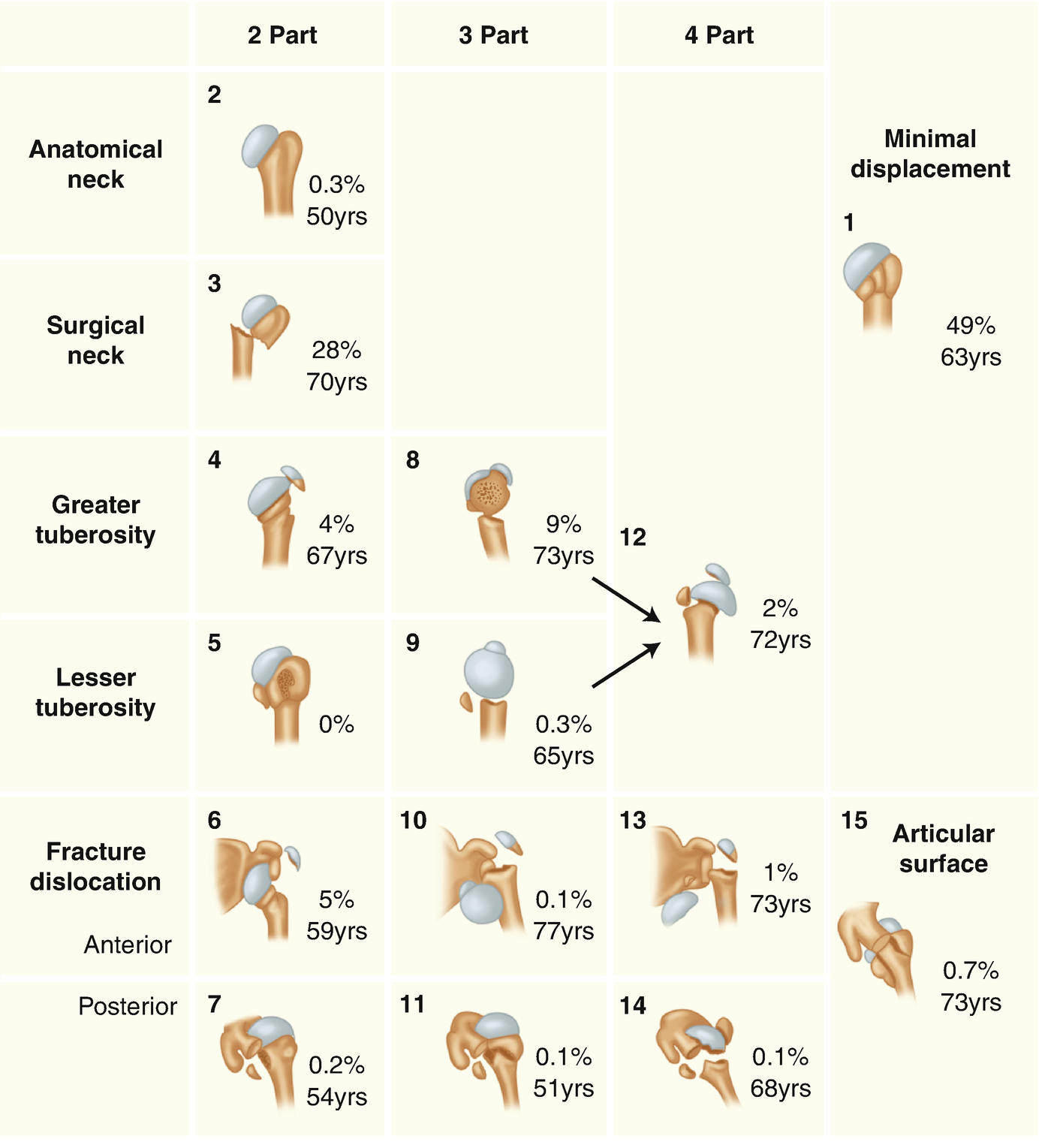


Proximal Humeral Fractures The Choice Of Treatment Springerlink


Http Medi Guide Meditool Cn Ymtpdf 31e5 2a 5236 77b73d5198c8 Pdf
Olecranon fracture is a fracture of the bony portion of the elbowThe injury is fairly common and often occurs following a fall or direct trauma to the elbow The olecranon is the proximal extremity of the ulna which is articulated with the humerus bone and constitutes a part of the elbow articulation Its location makes it vulnerable to direct traumaThe Müller AO Classification of fractures is a system for classifying bone fractures initially published in 1987 by the AO Foundation as a method of categorizing injuries according to therognosis of the patient's anatomical and functional outcome "AO" is an initialism for the German "Arbeitsgemeinschaft für Osteosynthesefragen", the predecessor of the AO Foundation11E Proximal epiphyseal 1 Humerus 11E/11 11E/21 11E/31 11E/11 Simple separation/SalterHarris I AO Pediatric Comprehensive Classification of LongBone Fractures (PCCF) by the AO Pediatric Classification Group and AO Clinical Investigation and Documentation (07)


Http Www Samtaylormd Com Wp Content Uploads 15 04 Garcia Et Al 13 Arthroplasty For Proximal Humerus Fractures A Review Of Current Management Pdf


Www Arthroscopyjournal Org Article S0749 8063 17 1 Pdf
AO classification of proximal humeral fractures type A extraarticular unifocal (either tuberosity / surgical neck of the humerus ) A1 extraarticular unifocal A1 extraarticular unifocal fracture extraarticular unifocal fracture with impacted metaphyseal fracture A3 extraarticularOlecranon fracture is a fracture of the bony portion of the elbowThe injury is fairly common and often occurs following a fall or direct trauma to the elbow The olecranon is the proximal extremity of the ulna which is articulated with the humerus bone and constitutes a part of the elbow articulation Its location makes it vulnerable to direct traumaMalleolar fractures are coded as distal tibia/fibula fractures 1 Humerus 2 Radius/Ulna 3 Femur 4 Tibia/Fibula 1 Humerus 2 Radius/Ulna 1 = Proximal 2 = Shaft 3 = Distal E = Epiphysis M = Metaphysis D = Diaphysis M = Metaphysis E = Epiphysis 3 Femur 4 Tibia/Fibula The three segments can be defined as


Journal Einstein Br Wp Content Uploads Articles Xml 1679 4508 Eins S1679 1679 4508 Eins S1679 Pdf


Http Presentationgrafix Com Dev Cake Files Archive Pdfs 631 Pdf
From 1970 the most commonly used classification system for proximal humeral fractures has been the Neer classification 11 followed by the AO classification 16 Both classification systems describe morphological aspects of the fracture anatomy in an ordinal framework aiming to support diagnostics, treatment and prognosticsComputed tomography (CT) images can be a useful tool in evaluation and classification of proximal humerus fractures The detailed bony detail of images can be used to evaluate tuberosity displacement, humeral head splitting and impaction components, degree of comminution, and any involvement of the glenoid articular surface (Fig 18 )Background The classification of proximal humeral fractures remains challenging The two main classification systems used, the Neer and the AO classification, have both been shown to have less than ideal interobserver agreement Agreement in classification is required, however, to guide fracture management



Figure 6 From The Arteries Of The Humeral Head And Their Relevance In Fracture Treatment Semantic Scholar
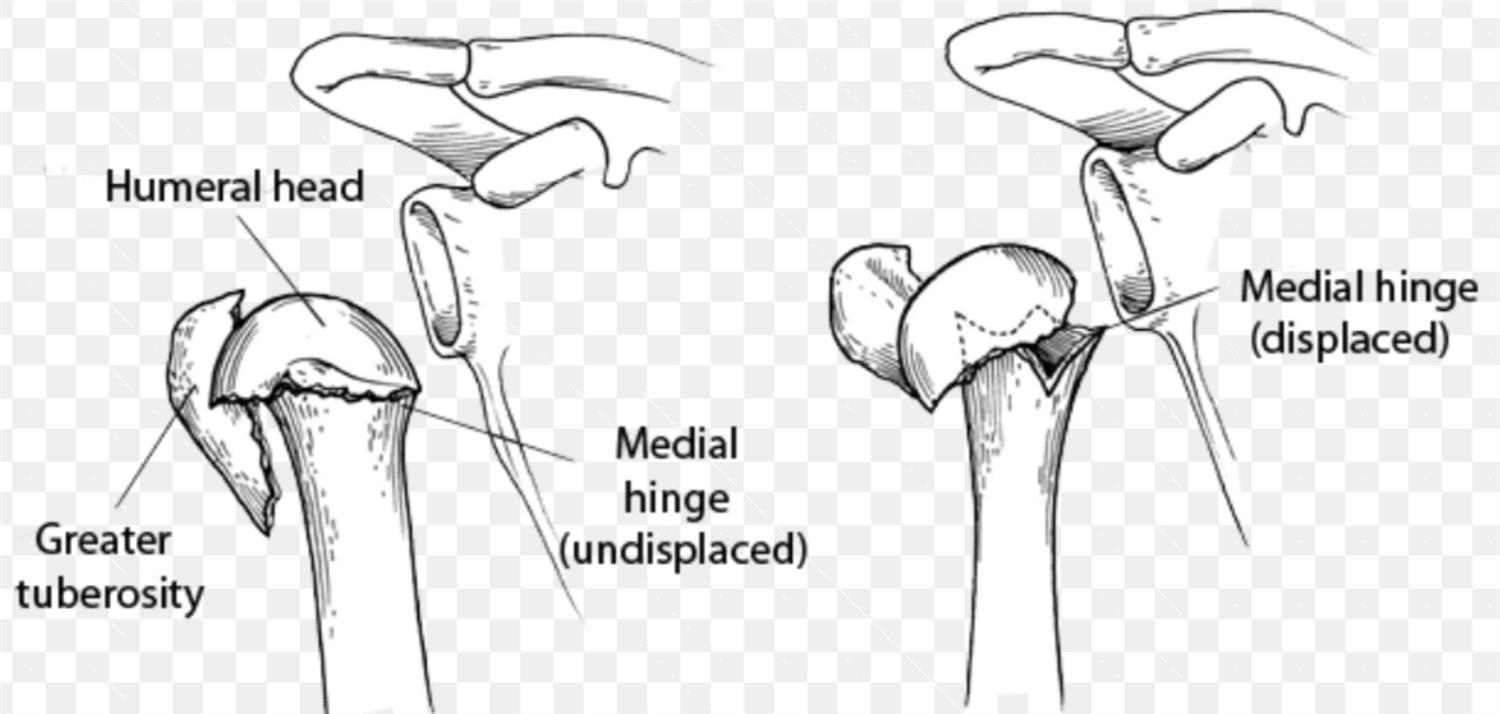


Proximal Humerus Fractures Trauma Orthobullets
AO classification of proximal humerus fractures type A extraarticular unifocal (either tuberosity / surgical neck of the humerus) A1 extraarticular unifocal fracture extraarticular unifocal fracture with impacted metaphyseal fracture A3 extraarticular unifocal fracture with nonimpacted metaphyseal fracture type B extraarticular bifocal (both tuberosities / surgical neck of


Q Tbn And9gcqjhxrjpedc15sq Fr3p99he6vvlkady D9 Rtvmstpjspdkkip Usqp Cau



Evaluation And Management Of Proximal Humerus Fractures Topic Of Research Paper In Clinical Medicine Download Scholarly Article Pdf And Read For Free On Cyberleninka Open Science Hub


Erepo Uef Fi Bitstream Handle 7061 Pdf Sequence 2 Isallowed Y



Tk News 2 04 By Ao Foundation Issuu


Www Orthopaedicsandtraumajournal Co Uk Article S1877 1327 19 300 X Pdf


Www Tandfonline Com Doi Pdf 10 3109 13 60


Proximal Humerus Fractures Part 1 Conservative Management


2


Plos One Correlation Between Classification And Secondary Screw Penetration In Proximal Humeral Fractures


2


Jbjs Reverse Shoulder Arthroplasty Is Superior To Plate Fixation At 2 Years For Displaced Proximal Humeral Fractures In The Elderly



Ao Asif Fracture Classification Plastic Surgery Key



References In Understanding Proximal Humerus Fractures Image Analysis Classification And Treatment Journal Of Shoulder And Elbow Surgery


Q Tbn And9gcsjf5m9sgshssplpb8v6jzziakz5o9ahdmatap0q5afupeiffk0 Usqp Cau


Jbjs Reverse Shoulder Arthroplasty Is Superior To Plate Fixation At 2 Years For Displaced Proximal Humeral Fractures In The Elderly


Http Www Achot Cz Dwnld Achot 11 3 185 1 Pdf
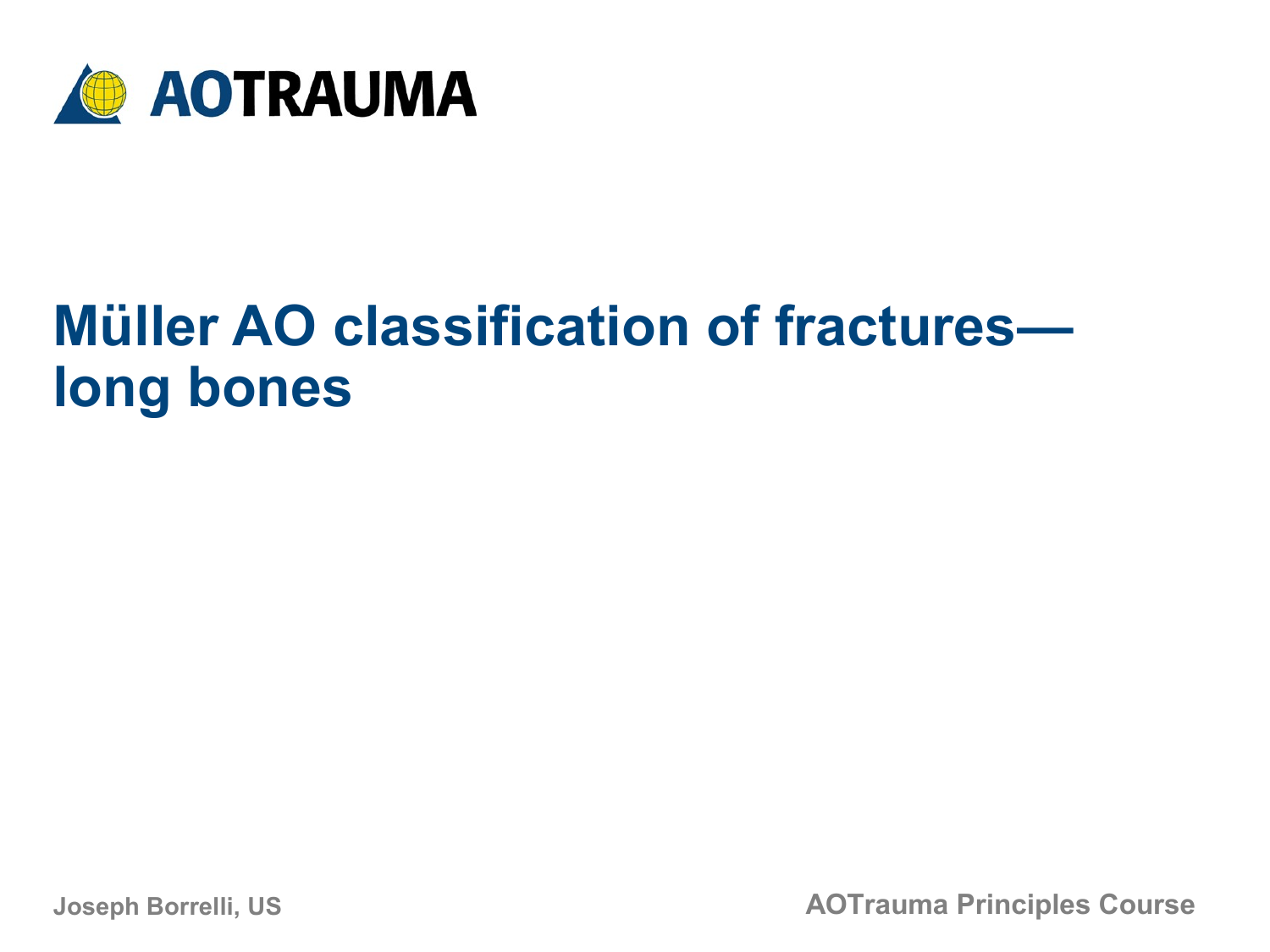


Ao Classification


Http Handtherapyhub Com Fractureu Csm Docs 13readings Nauth11 Pdf



Pdf Proximal Humerus Fractures Reliability Of Neer Versus Ao Classification On Plain Radiographs And Computed Tomography Semantic Scholar


2



Tk News 1 01 By Ao Foundation Issuu


Http Upload Orthobullets Com Journalclub Free Pdf Pdf



Pdf Poor Interobserver Reliability Of Ao Classification Of Fractures Of The Distal Radius Additional Computed Tomography Is Of Minor Value Semantic Scholar



Low Energy Fractures Of The Humeral Shaft And Bisphosphonate Use Yavropoulou 12 Journal Of Bone And Mineral Research Wiley Online Library



Ao Pediatric Comprehensive Classification Of Long 17 Musculoskeletal Disorders Skeletal System


Www2 Aofoundation Org Aofileserversurgery Myportalfiles Filepath Surgery En Docs Aoota classification compendium 18 Pdf


Abjs Mums Ac Ir Article F8ab35b18af9bc59b7d04c9a4bc6e1 Pdf



Arbeit Gemeinschaft Fur Osteosynthesefragen Classification 4 Download Scientific Diagram
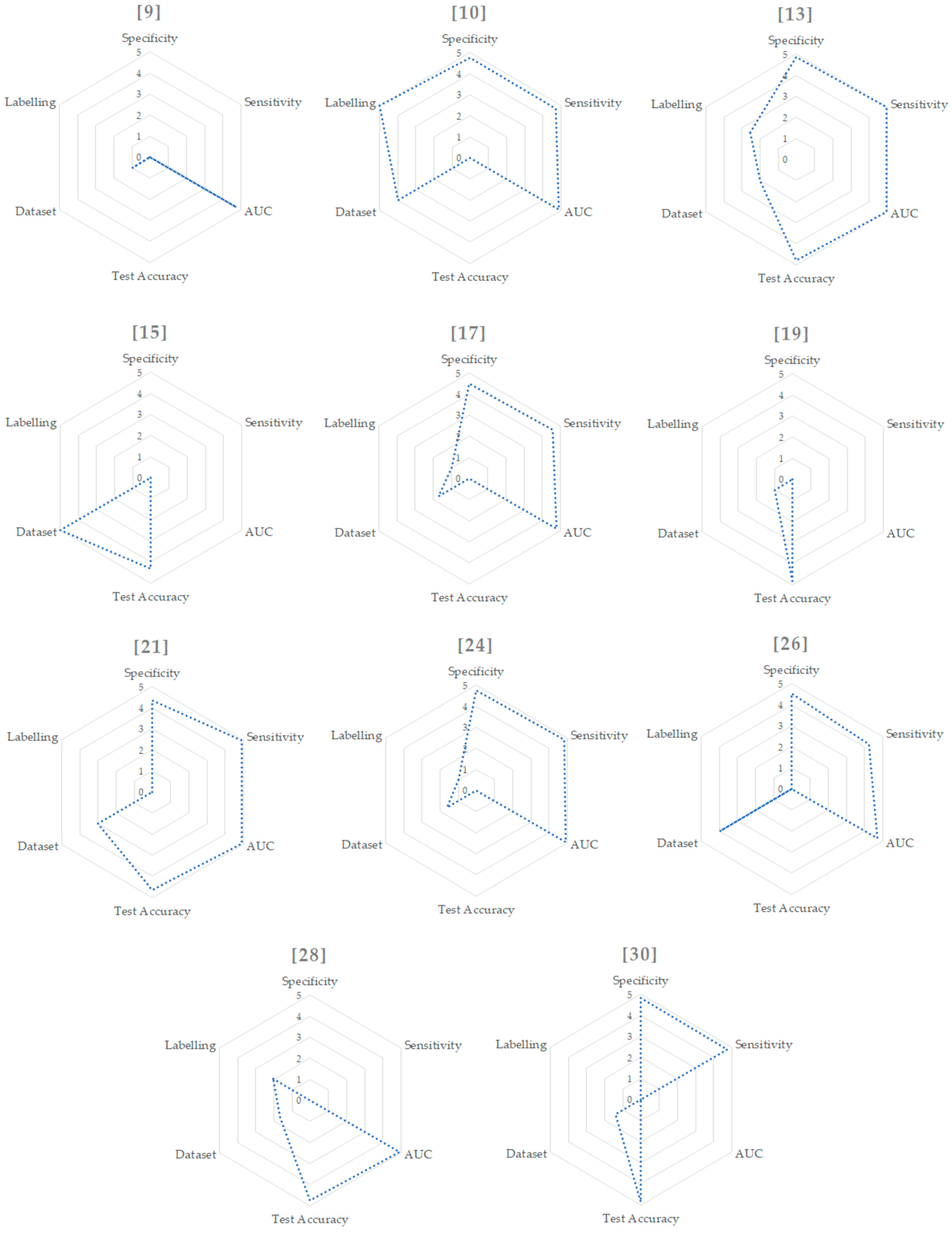


Applied Sciences Free Full Text X Ray Bone Fracture Classification Using Deep Learning A Baseline For Designing A Reliable Approach Html
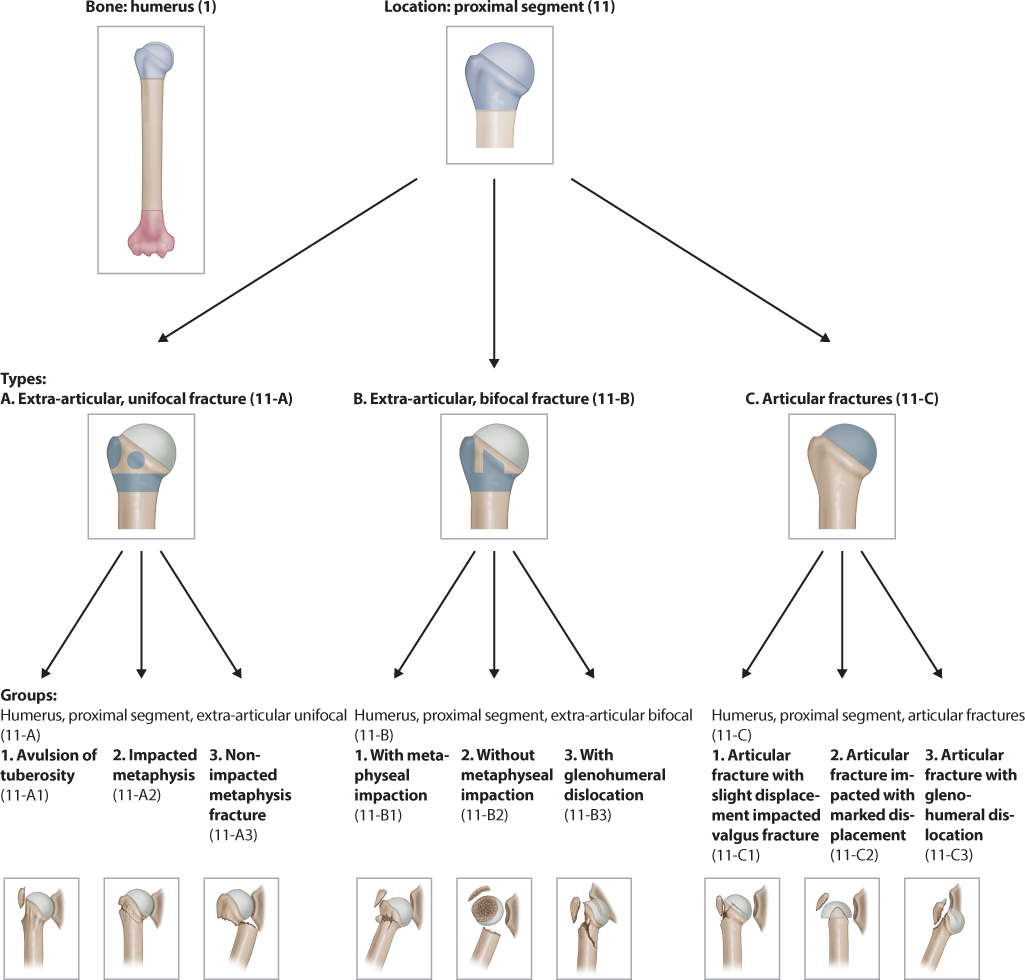


Proximal Humeral Fractures Musculoskeletal Key


Outcomes Evaluation Of Locking Plate Osteosynthesis In Displaced Fractures Of The Proximal Humerus


Q Tbn And9gcsg 16mjik4tma1g79pcg4zl8c7dy4aa5r Mwsgija41lyycvw Usqp Cau


Www Orthoclips Com Wp Content Uploads 18 06 Fracture Site Mobility At 6 Weeks After Humeral Shaft Fracture Without Surgery Pdf


2


2



Proximal Humerus Approach Anterolateral Approach Ao Surgery Reference Anatomical Terms Of Location Human Anatomy


Bmcmusculoskeletdisord Biomedcentral Com Track Pdf 10 1186 S121 017 1612 3
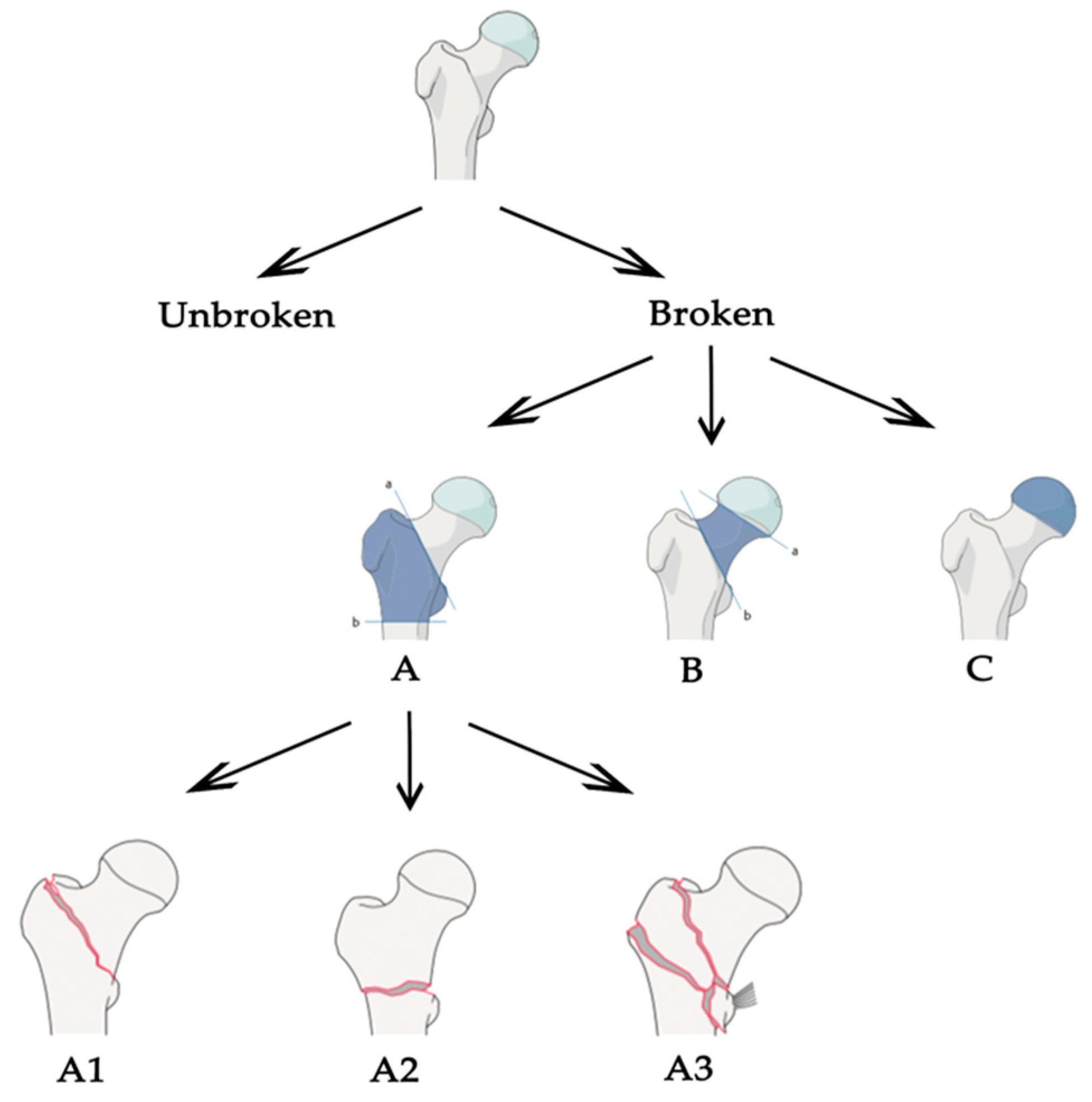


Applied Sciences Free Full Text X Ray Bone Fracture Classification Using Deep Learning A Baseline For Designing A Reliable Approach Html


2


2


Www Thieme Connect De Products Ebooks Pdf 10 1055 B 0034 Pdf


3


Cdn Mdedge Com Files S3fs Public Document September 17 e43 Pdf


Www Jshoulderelbow Org Article S1058 2746 12 004 X Pdf


2



Proximal Humerus Approach Deltopectoral Approach To The Proximal Humerus Ao Surgery Reference


2



Proximal Humerus Approach Deltopectoral Approach To The Proximal Humerus Ao Surgery Reference


Www Shanenhomd Com Pdf Articles Management Of Proximal Humeral Fractures Pdf



Neer S Classification Of Proximal Humeral Fractures Modified From Neer Download Scientific Diagram


Http Aoj Amegroups Com Article Viewfile 5857 Pdf


2



The Treatment Of Proximal Humeral Fracture In Adults 02 09 13
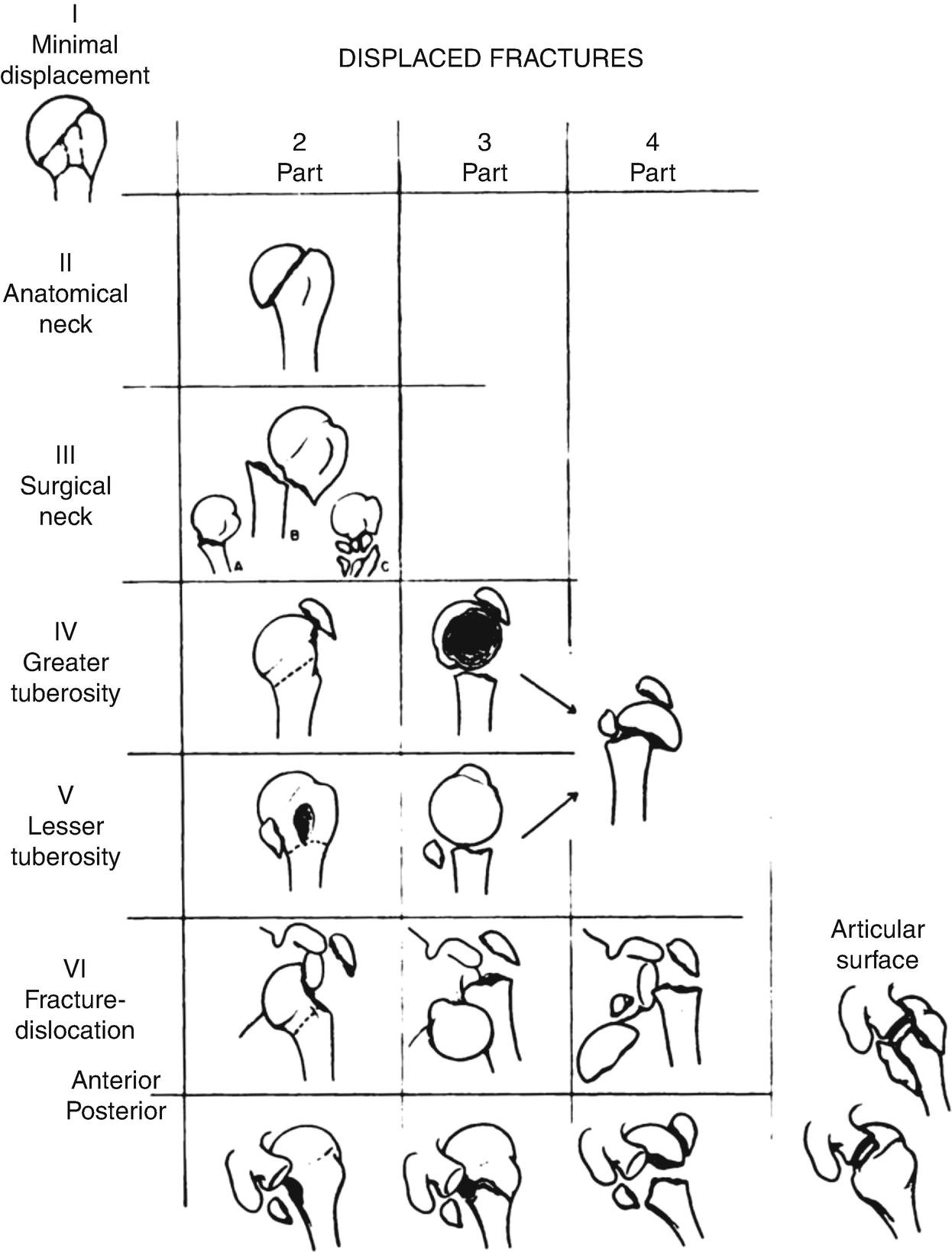


Introduction And Classifications Springerlink



Proximal Humerus Fracture Core Em
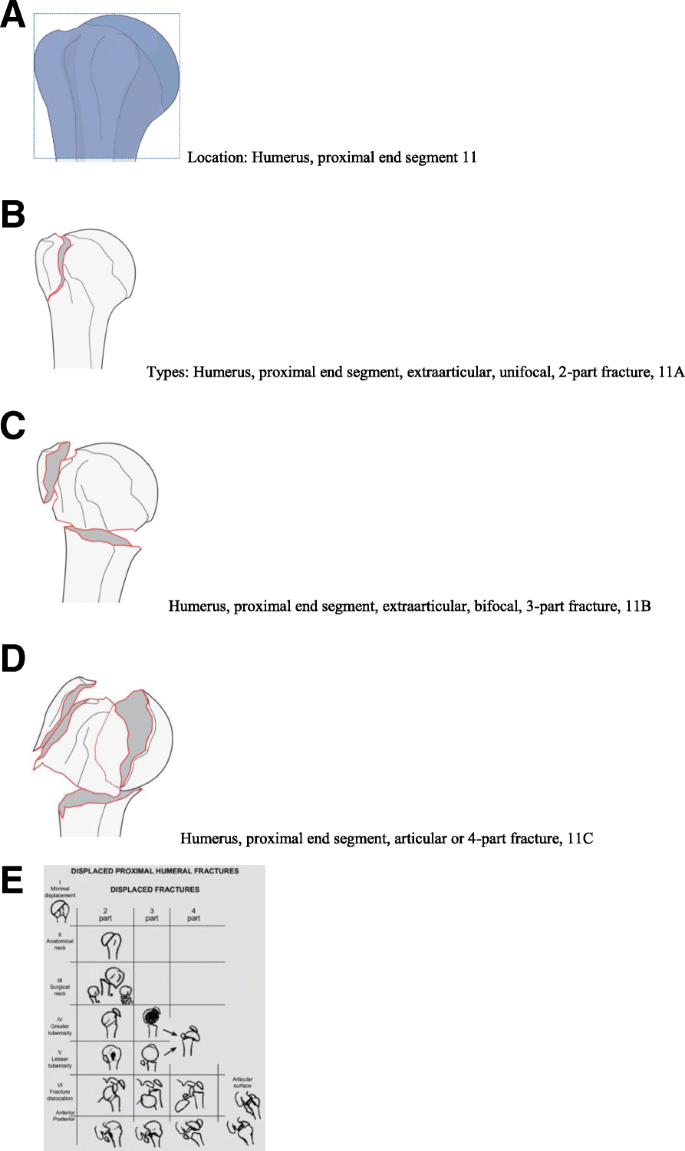


Inter Observer Reliability Of Alternative Diagnostic Methods For Proximal Humerus Fractures A Comparison Between Attending Surgeons And Orthopedic Residents In Training Patient Safety In Surgery Full Text


Http Www Achot Cz Dwnld 0806 413 421 Pdf



The Treatment Of Proximal Humeral Fracture In Adults 02 09 13



Distal Tibia Fractures Radiology Key


2


Http Www Orthopedic Theclinics Com Article S0030 58 08 5 Pdf


Nanopdf Com Download Proximal Humerus Fractures 3 Pdf


2


Www Injuryjournal Com Article S00 13 09 4 Pdf
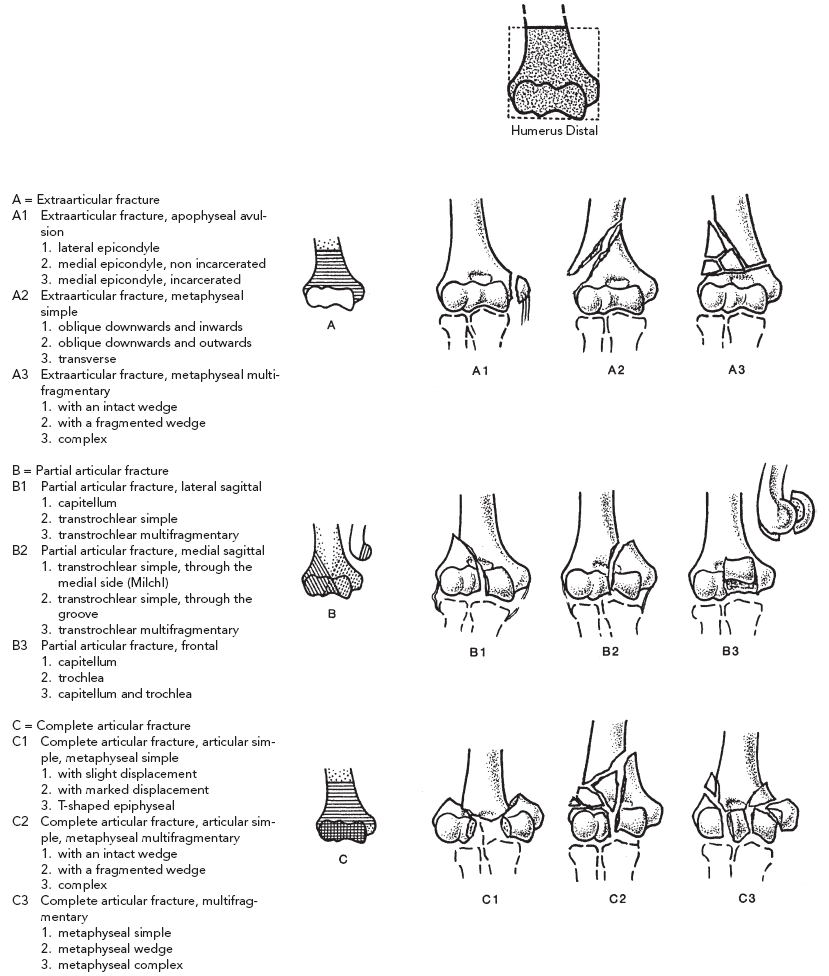


Replacement Arthroplasty For Acute Fractures Musculoskeletal Key



Pdf Proximal Humeral Fractures Current Concepts In Classification Treatment And Outcomes


Www Ingentaconnect Com Content Wk Jot 17 Art Crawler True Mimetype Application Pdf
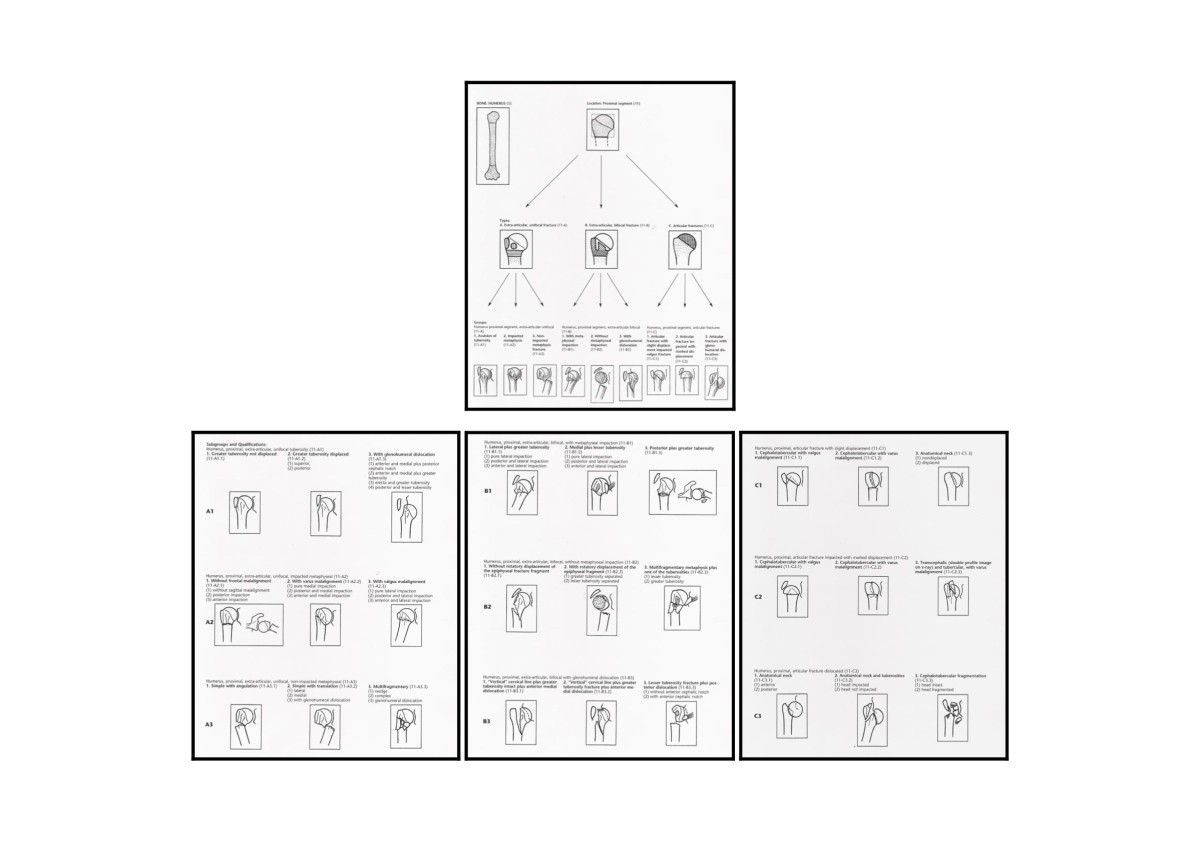


Translation Between The Neer And The Ao Ota Classification For Proximal Humeral Fractures Do We Need To Be Bilingual To Interpret The Scientific Literature Bmc Research Notes Full Text



Open Reduction And Internal Fixation Of Proximal Humeral Fractures With Use Of The Locking Proximal Humerus Plate By N Sudkamp J Bayer P Hepp C Ppt Download


Http Www Tandfonline Com Doi Pdf 10 3109



Proximal Humerus Fractures 1 Ota Lecture Series Iii U03a Youtube


Www Shanenhomd Com Pdf Articles Management Of Proximal Humeral Fractures Pdf
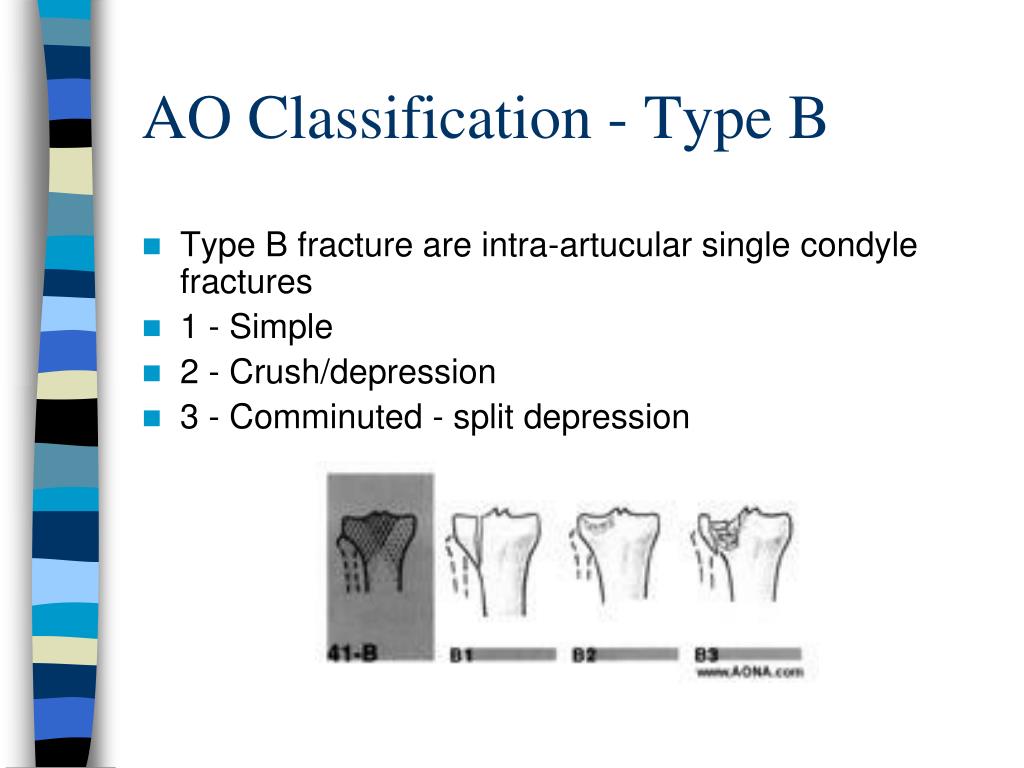


Ppt Fracture Classification Powerpoint Presentation Free Download Id


Www Cureus Com Articles Proximal Humerus Fractures Reliability Of Neer Versus Ao Classification On Plain Radiographs And Computed Tomography Pdf



Muller Ao Classification Of Fractures Long Bones


Http Dro Deakin Edu Au Eserv Du 3003 Page Interobserveragreement 16 Pdf


2


Repub Eur Nl Pub 15 Iordens Et Al J Orthop Sci 16 Sep 21 5 596 602 m Pdf


2



Radial Nerve Injuries Associated With Humeral Fractures Sciencedirect



No comments:
Post a Comment